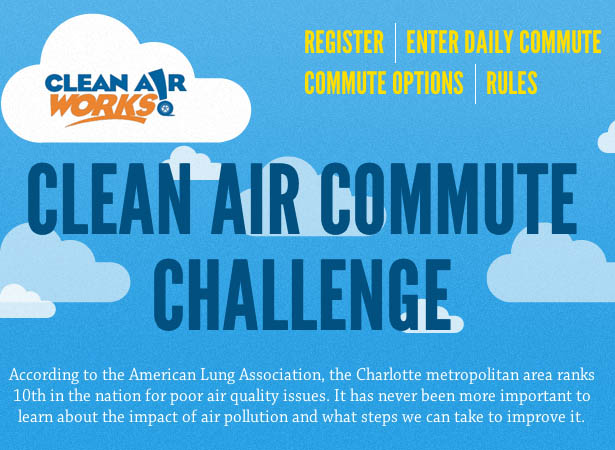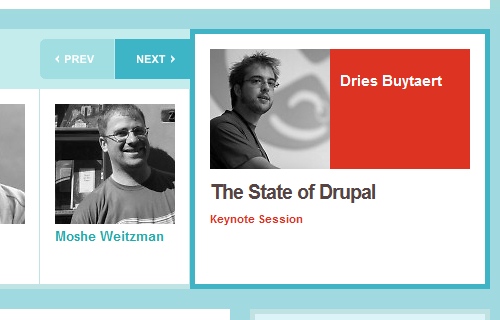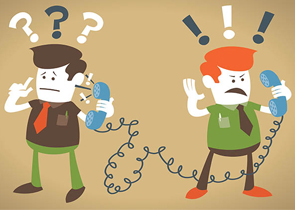In defense of “Eye Candy”
 In the society of designers, it is often possible to hear that true professionals build their work on the strict conformity of design to the brand’s corporate style or simply on the basic principles of design, and aesthetic beauty fades into the background. Living discussions on this issue lack one thing: understanding that aesthetics plays a huge role in cognition, perception and reaction.
In the society of designers, it is often possible to hear that true professionals build their work on the strict conformity of design to the brand’s corporate style or simply on the basic principles of design, and aesthetic beauty fades into the background. Living discussions on this issue lack one thing: understanding that aesthetics plays a huge role in cognition, perception and reaction.
Take a look at what “clothes” designers “now wear” with ordinary ready-made structured information; or how the term “eye candy” reduces the significance of graphic design as such. Language, at the present stage, narrows the concept of “design” to a simple “design”, as well as separates “aesthetics” and “usability” (as if they are two completely different areas). Continue reading
Get rid of the guesses in the design
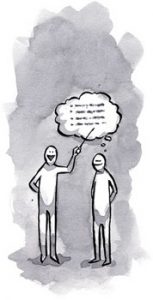 Creativity breathes life into successful sites. However, creative ideas and solutions often resemble guessing – a dangerous business, I tell you. So what can designers do to convince the customer, in their obsession with the best intentions, and in their decisions that they are hard as a stone? The following exercises will help build a real dialogue with the customer and teach you to document it, and the client will remove the veil of fear of creativity and get involved in the process of creating your website.
Creativity breathes life into successful sites. However, creative ideas and solutions often resemble guessing – a dangerous business, I tell you. So what can designers do to convince the customer, in their obsession with the best intentions, and in their decisions that they are hard as a stone? The following exercises will help build a real dialogue with the customer and teach you to document it, and the client will remove the veil of fear of creativity and get involved in the process of creating your website.
SET CLEAR GOALS
Some people think that they know why they need a website, and they are fighting for the right to formulate clear and measurable goals. Ambiguous goals force a person to speculate, and speculations can lead to disappointment. Goals like “sell more of our products” or “become more popular” are blurred and send almost nowhere. Continue reading
How to overcome the creative crisis of designers?
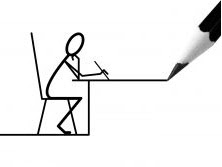 Today we have another guest post from Evgeny Ignashov, who represents the project Candysign: creating websites, icons, networking, programming.
Today we have another guest post from Evgeny Ignashov, who represents the project Candysign: creating websites, icons, networking, programming.
Are these lines read by creative people or those who identify themselves with them? If so, then they surely know the times, both of the crazy creative eruption and of creative stagnation. I, at least, are familiar (we will assume that this suggests that I am a real creator :)) Stagnation in our country, dizigners can happen for a great many reasons, such as: sleep, hunting, stupid customer, muse left or favorite song Winamp is over. Continue reading
How to make a favicon with your own hands?
![]() A site without favicon, like a ship without a flag. Favicon is an integral part of the site brand, its image and identification. By the way, look at the issuance of any search engine (for example, Yandex). You will definitely find next to the titles of found pages and favicon documents. Those. Favicon, it is also a factor that increases the clickability of your site in search results. Therefore, without a favicon anywhere!
A site without favicon, like a ship without a flag. Favicon is an integral part of the site brand, its image and identification. By the way, look at the issuance of any search engine (for example, Yandex). You will definitely find next to the titles of found pages and favicon documents. Those. Favicon, it is also a factor that increases the clickability of your site in search results. Therefore, without a favicon anywhere!
How to make a favicon? The process can be divided into 2 stages:
Making a favicon or finding a finished one;
Installing it on the site. Continue reading
9 tips on typography site
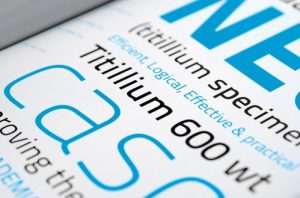 Typography for a web site is a rather important design element that is not expressed very strongly in Runet. This question is more often raised on English-speaking foreign design blogs, we have practically no attention paid to it. No, of course, when creating a layout, most designers think about fonts, design, but very modest and few. Therefore, probably, in Runet you can count on your fingers the number of projects with bright creative and non-standard typography, more than the standard dull “gray” design:
Typography for a web site is a rather important design element that is not expressed very strongly in Runet. This question is more often raised on English-speaking foreign design blogs, we have practically no attention paid to it. No, of course, when creating a layout, most designers think about fonts, design, but very modest and few. Therefore, probably, in Runet you can count on your fingers the number of projects with bright creative and non-standard typography, more than the standard dull “gray” design:
Perhaps this is why Dmitry Naumov decided to share an interesting guest post on the topic. Dima concurrently, by the way, is the author of a very useful project Converlab – “Design. Usability Conversion. “So, let’s go directly to the tips, they will be a great addition to the article on trends in typography of sites. Continue reading
